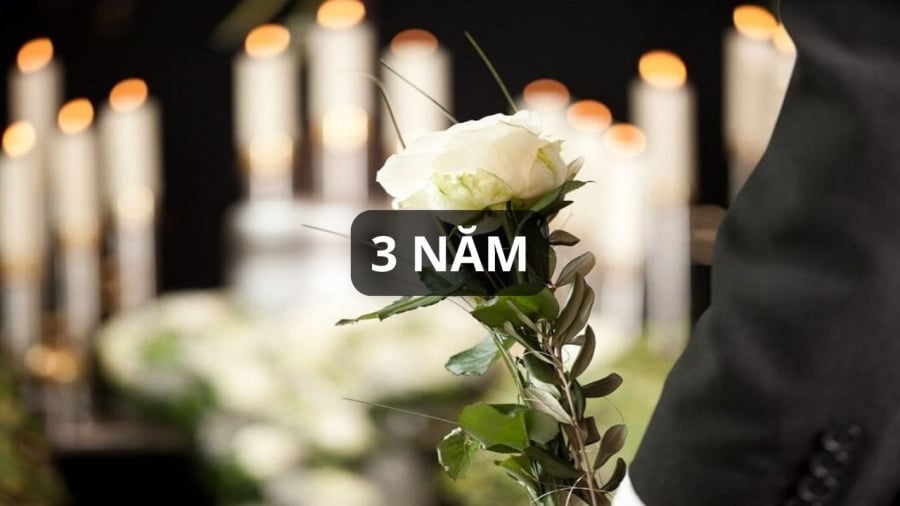Mourning: Understanding the Grieving Process and Its Significance
What is Mourning, and Why Do We Do It?
Mourning is the act of simplifying one’s daily routine and appearance following the death of a loved one as a way to honor and remember them.
During this time, individuals dress modestly and often wear a black band across their chest as a symbol of their mourning. It is customary to refrain from participating in celebrations, weddings, or other joyous occasions. Additionally, one may choose not to engage in activities such as traveling, house construction, or marriage during this period. In the past, those observing mourning would even avoid taking exams or leaving the house, instead choosing to camp next to their parents’ graves.

A Three-Year Mourning Period for the Loss of Parents
Mourning serves as a way to honor and remember loved ones, especially parents. The longest mourning period is reserved for the death of one’s parents and lasts for three years, symbolizing respect and filial piety.
During this time, children and grandchildren light incense to remember their parents, refraining from indulgent activities. It is a time for self-improvement and reflection on the gratitude owed to one’s parents for giving life.
Mourning also serves as a reminder of the importance of one’s parents and encourages individuals to perform good deeds and live simply, dedicating their virtues to their deceased loved ones.
The period of mourning allows individuals to slow down and turn inward, providing an opportunity for self-reflection and a reduced focus on worldly desires. This often results in a more virtuous and clear-minded approach to life and a greater emphasis on purity in one’s actions. It is a time to contemplate the virtues of filial piety and to accumulate additional merits for the deceased, wishing for their liberation and ascension to a higher realm.

The Significance of the Mourning Period
Why Three Years?
The traditional period of mourning, known as the “grand mourning,” lasts for three years and is observed by children after the death of their parents. Following this, the length of mourning varies depending on the relationship with the deceased: one year for “minor mourning,” nine months for “grand mourning-in-law,” five months for “minor mourning-in-law,” and three months for “small mourning.”
The significance of the three-year period is not entirely clear, but there are several theories:
– Completing the Cycle of Gratitude: The first three years of a child’s life are spent entirely dependent on their parents for care and nourishment. During this time, parents make countless sacrifices, from sleepless nights to selflessly offering comfort and care. Traditionally, after three years, a child may spend time away from their parents, such as staying with grandparents or attending preschool. Therefore, the three-year mourning period serves as a way to reciprocate the care and nourishment received during those formative years. It is a time to refrain from indulgences, adopt a simpler lifestyle, and perform virtuous acts to wish for the deceased’s liberation and entry into a blissful realm.
– Healing and Reorganization: The three-year period provides sufficient time for individuals to process their grief and reorganize their lives following the loss of a parent. During this time, various rituals are performed, such as the first-week ceremony, the seventh-week ceremony, the hundred-day ceremony, the first death anniversary, and the tomb improvement ceremony. This allows for a gradual emotional healing process and the adjustment to a new life without the physical presence of the parents.
– The Significance of the Number Three: In Asian culture, the number three holds spiritual significance, representing three generations or three realms.
– Completion of Rites: In the past, burial was the primary funeral rite. After three years, it was customary to consider exhumation and the construction of a new, permanent tomb. Thus, the three-year period symbolized the completion of the filial duties toward the deceased, ensuring their permanent resting place and peace in the afterlife.
Today, there is more flexibility in mourning practices. Some families may observe a 27-month mourning period, while others may perform certain significant rites, such as weddings, after the first 100 days, especially if the children are older or there are extenuating circumstances.
Reference material for contemplation
The Best Smartwatch Brands Today
Smart bracelets are the latest must-have tech accessory, offering a multitude of features that enhance your daily life, with the added convenience of time-telling. With so many benefits, it’s no wonder that consumers are paying close attention to the best brands when choosing which smart bracelet to invest in.





































